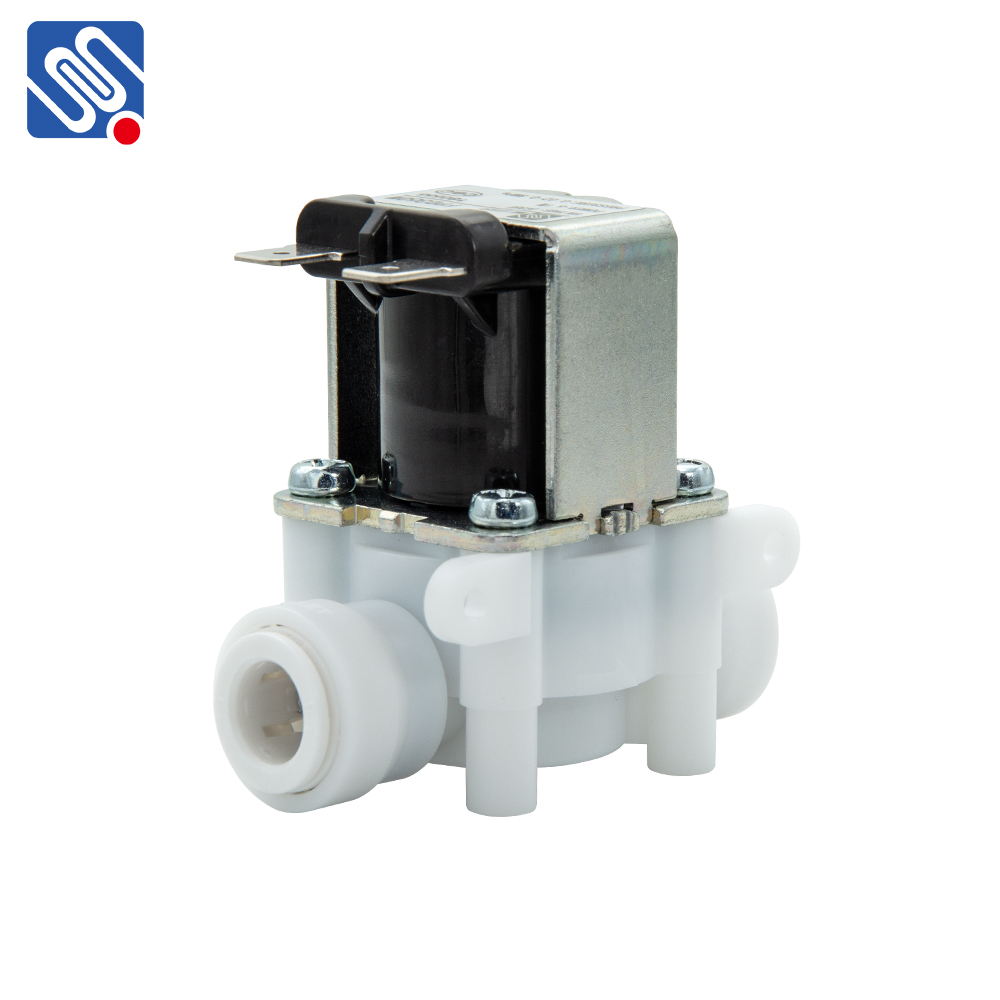understanding the plastic solenoid valve: key features, applications, and benefits
Release time:2025-04-18 09:13:55
A Plastic Solenoid Valve is a crucial component in many industries, used for controlling the flow of liquids and gases. These valves operate by using an electromagnetic coil to control a valve mechanism, which either allows or stops the flow of a medium. Plastic solenoid valves are particularly valued for their resistance to corrosion, lightweight nature, and cost-effectiveness, making them a popular choice in industries like water treatment, food and beverage, and chemical processing. In this article, we will explore the features, applications, and benefits of plastic solenoid valves, shedding light on why they have become an essential part of modern fluid control systems.

What is a Plastic Solenoid Valve?
A solenoid valve is an electromechanical device that uses an electrical signal to control the flow of fluids through a pipeline. The valve consists of a solenoid (an electromagnetic coil) that, when energized, creates a magnetic field which actuates a plunger or diaphragm, opening or closing the valve. A plastic solenoid valve uses plastic materials like PVC, PP, or PVDF for its body, instead of traditional metals such as brass or stainless steel. This design makes it especially suitable for applications where corrosion resistance is critical.
Plastic solenoid valves can control the flow of both liquids and gases, and they come in various configurations, such as normally open, normally closed, or bistable. The choice of configuration depends on the specific needs of the application.

